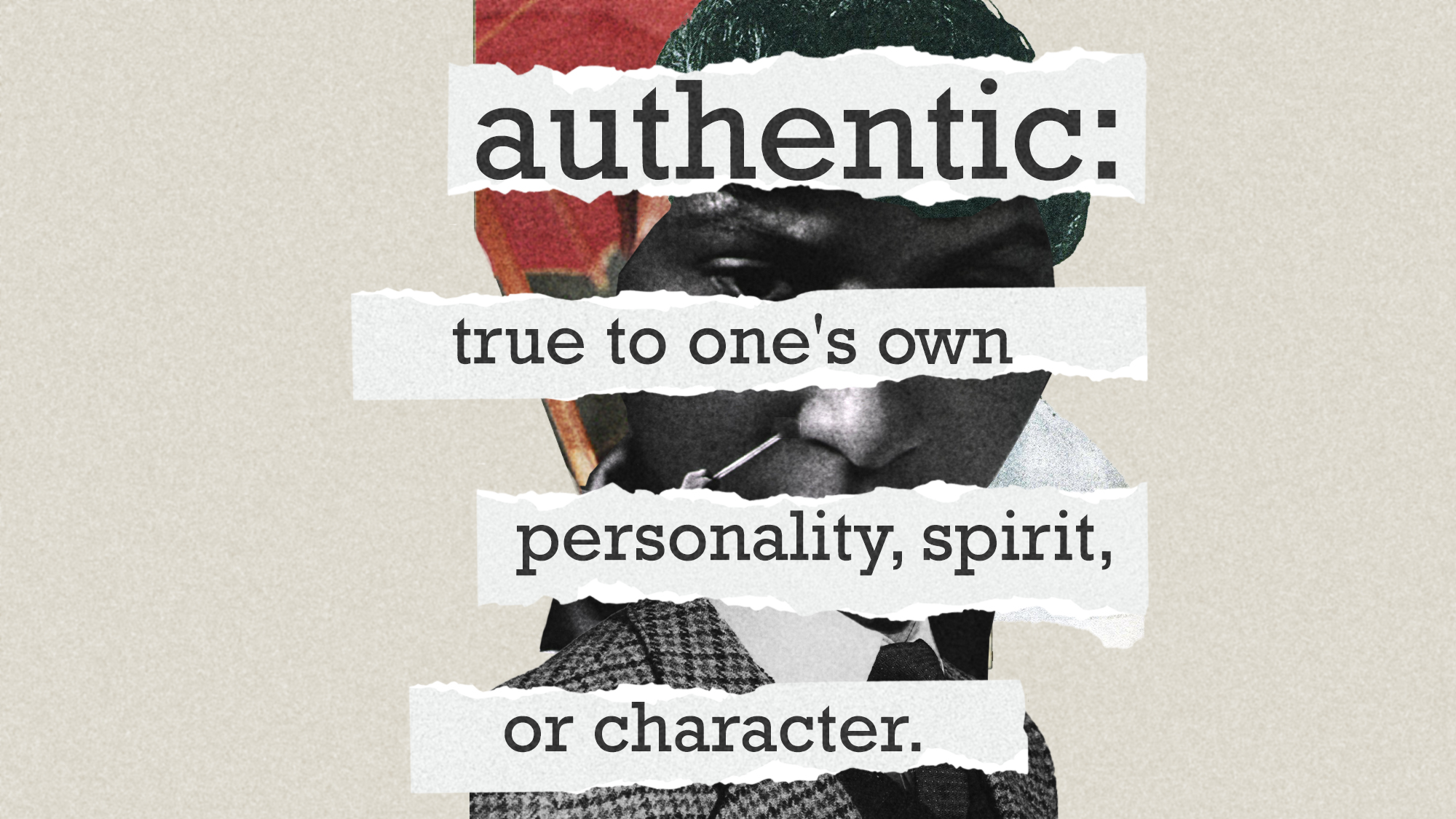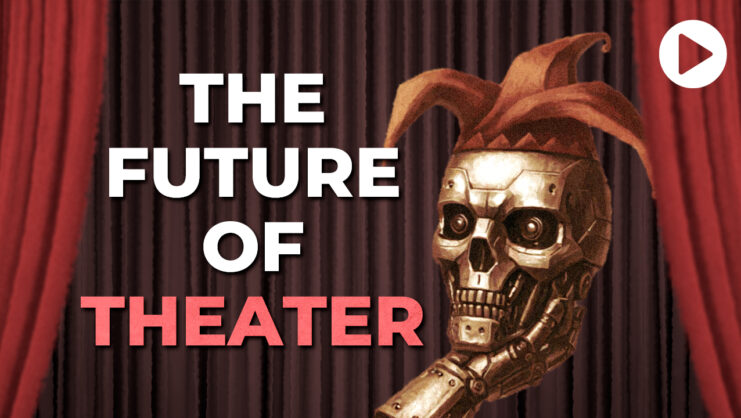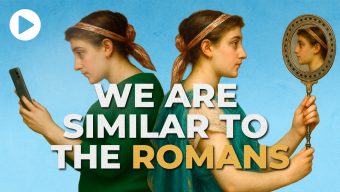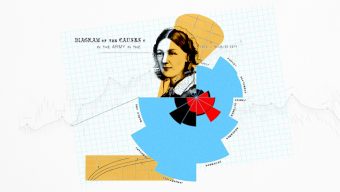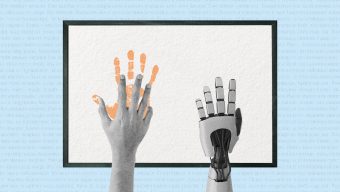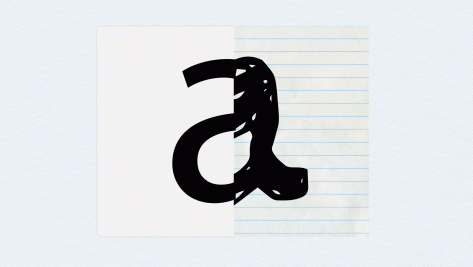Merriam-Webster declared “authentic” the 2023 word of the year, a segmentation study by EY that same year found that 91% of Gen Z individuals considered it “very or extremely important to be authentic, true to oneself,” and candidates from all over the political spectrum do all they can to not appear “fake” in their campaigns. As the philosopher Gilles Lipovetsky explains in Le sacre de l’authenticité, the notion that one must embrace one’s true self and pursue a life that genuinely expresses it may be as close as we get to an unassailable ideal in contemporary Western societies.
But, despite its current trendiness, obsession over authenticity is not new – it is a phenomenon that dates back to the 1700s, when it developed in tandem with the thriving public sphere that gave rise to modern democratic societies. Jean-Jacques Rousseau was the first to elevate authenticity into an absolute ideal. This found its fullest expression in his Confessions, published in 1782. Rousseau borrowed the title from Augustine of Hippo who, nearly fourteen centuries earlier, had written his own Confessions, a foundational text in Western Christianity. But while the Berber theologian bore his soul to God, the Genevan philosophe sought to offer his naked self to a secularizing public. “This is the only portrait of a man, painted exactly according to nature and in all its truth, that exists and will probably ever exist,” the book begins. Rousseau filled the hundreds of pages that followed with anecdotes that expressed a radical commitment to transparency. We learn about the erotic delight he experienced when being spanked by his nanny, how he gave up his three children to a foundling hospital, and how he quarreled endlessly with other philosophers (Rousseau managed to alienate even the affable David Hume, who had generously hosted him in England).
This revolutionary act of self-exposure would not have been possible without the mediatic transformations that occurred during the Enlightenment. As the historian Antoine Lilti explains, the explosion of print material at the time produced new kinds of relationships between an expanding literate public and upstart writers hungry for public recognition. In short, the eighteenth century sowed the seeds of modern celebrity culture, and its readers were the first to fixate on the “realness” of public personalities. The public obsession over Rousseau might have been the first recorded case of what psychologists today refer to as a “parasocial relationship” (the development of emotional bonds with someone who is unaware of your existence). By writing in a seemingly transparent way (a stylistic artifice nonetheless), Rousseau fostered an intense kind of public intimacy. Meanwhile, readers whom he had never met responded by penning earnest letters referring to him as “l’ami Jean-Jacques.”
Here lies the origins of one of the central paradoxes of modern authenticity: while it purportedly means above all being true to oneself, it finds legitimacy only through presentation in the public sphere. Any claim toward authenticity is also inherently a performative act – a tension that can have tragic consequences since the public sphere operates through social mechanisms that create and destroy reputations. For instance, rather than revel in his fame, Rousseau grew increasingly unhappy with the public’s scrutiny and, according to some, pathologically paranoid. In Rousseau, Judge of Jean-Jacques, a work published only after his death, the most famous of the philosophes presented himself as the target of a vast conspiracy that had “discovered the art of making a solitude for him in Paris more awful than the cavern or the woods.” The idea that authenticity stands in opposition to social pressures, and therefore leads to ostracism, is a thread that connects Rousseau to the nineteenth-century Romantics and countless twentieth-century youth subcultures – from the hippies to the emos.
In fact, Lipovetsky traces the second major transformative moment in the history of authenticity to the youth revolts of the late 1960s. From the cobbled streets of Paris to the muddy fields of Woodstock, young men and women mobilized the discourse of authenticity against the disciplinary mechanisms of industrial capitalism (mainly the school, the factory, and the army). Even more than for their barricades, the student revolts of May ’68 are remembered for a politics of authentic expression that was festive and liberatory. “Il est interdit d’interdire,” proclaimed graffities all over Paris.
Yet the revolution never arrived. One compelling explanation is that by reaping the outputs of mass industrialization, consumer capitalism co-opted the rhetoric of political liberation and reconfigured it into consumerist desire. Through this process, the question of authenticity ceased to be primarily a problem of individuals emancipating themselves from the constraints of society (as it had been with Rousseau) and instead became the expectation of expressing oneself through one’s purchases. Astute observers immediately noticed that curation of the self through materialistic hedonism was a recipe for existential angst and limited politics. In Things: A Story of the Sixties (1965), the French author Georges Perec told the story of a young bobo (bourgeois-bohème) couple who, stuck in the endless spiral of aspirational conspicuous consumption, lacked any kind of interiority and could not achieve anything more than momentary fulfillment. Meanwhile, on the other side of the Atlantic, Herbert Marcuse penned One-Dimensional Man (1964), a New Left tract arguing that the manufactured needs of Western capitalist societies were a form of social control that produced the kind of repression, exploitation, and alienation usually associated with totalitarian regimes.
Authenticity no longer holds the same kind of revolutionary potential as it did in the 1960s.
The discourse of “being yourself” is now hegemonic, having been bolstered by the new set of mediatic transformations ushered forth by digital platforms and algorithms – technologies that have fostered myriad spaces for individuals to find their niche while also incentivizing extreme forms of self-curation. Influencer culture is perhaps the greatest example of this phenomenon. While some invest heavily into making their entire personality into social media material, others frantically scroll through the endless stream of “authentic” content. Meanwhile, whole cultures and the most intimate spheres of life are reduced to commodities and become things that can be adopted and discarded as quickly as your fingers can swipe next. An American digital nomad will post a series of Instagram photos listing what bars to go if you want to live like a “real” carioca in Rio de Janeiro; a mom on TikTok will post a video in tears conveying to the algorithmic void the “real” challenges of raising a kid. In both cases there is a non-trivial likelihood that the message will include sponsored content, and, even if it doesn’t, the platform itself monetizes the exchange by abstracting these spectacles of authenticity into data that is then sold to advertisers.
Fully incorporated by the market, authenticity no longer holds the same kind of revolutionary potential as it did in the 1960s. Nevertheless, the emergence of digital platforms has produced some upheaval, and the way they have fragmented the public sphere has further blurred the lines between the public and the private. In spaces like Facebook, Twitter, and now even LinkedIn, personal and professional content bleed into one another. It is not all that surprising, then, that discourses that previously circulated mainly through private channels have erupted into view (the case of whisper networks that kept women informed about sexual harassers, for instance). Women and people of color, who for far too long silently endured sexist and racist attacks, made these “private” experiences “public” as a way to give them visibility and be recognized as authentic, in turn making them politically relevant.
Of course, this has led to conflicts and complications. In Lipovetsky’s France, for example, a strong reaction has mounted against “le wokisme,” which critics accuse of being a toxic import of identity politics that threatens the purportedly universalist values of the French Republic. Ironically, critics across the Atlantic are fond of hyperbolically comparing today’s social justice movements with the Reign of Terror, an episode in the French Revolution that resulted in the guillotining of many suspected of not authentically embracing its political vision (needless to say, none of the “canceled” today have literally lost their heads). Arguably, a more compelling historical parallel is the post-1968 moment, with the potentially progressive politics of movements like #MeToo and Black Lives Matter being perilously close to co-optation by corporate forces (a phenomenon known as “woke washing”). Another issue is the amplification of voices that mobilize a more essentializing and exclusionary – and therefore dangerous – rhetoric of authenticity. Examples here include Marine Le Pen’s whitewashed vision of French history (wherein Islam is presented as incompatible with “real” Frenchness) and Donald Trump’s call to Make America Great Again (when and for whom was it great?).
And so it is that authenticity continues to be just as socially relevant today as it was when, two and half centuries ago, Rousseau started writing his Confessions. Why is that the case? Inherently paradoxical, the concept expresses a tension that is central to modern democratic societies – how to harmonize the individual will and its expression with group needs and expectations. It is hardly surprising, then, that the personal remains very much political.
© IE Insights.



